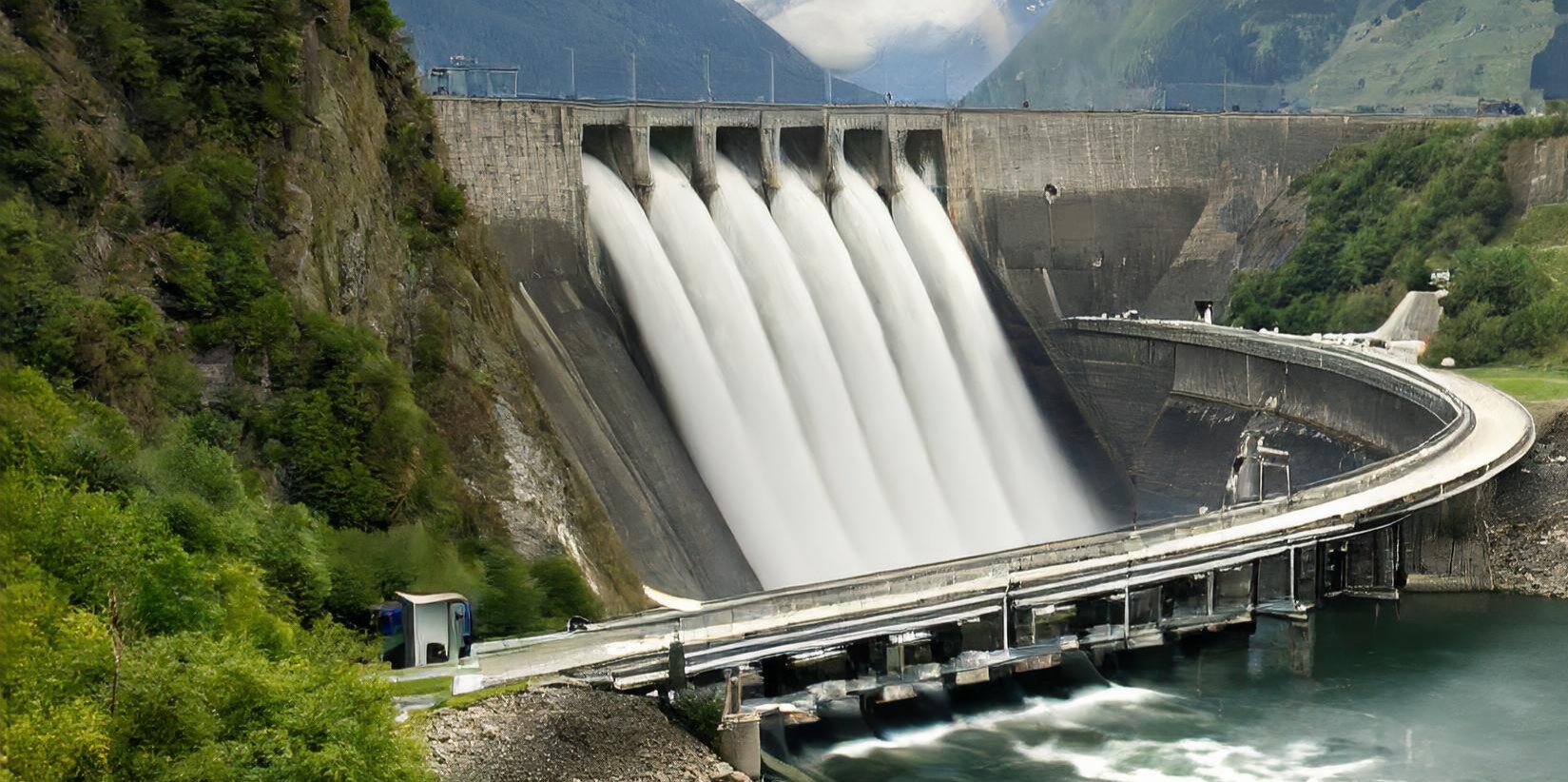Comprehensive Showcase of Global Hydro Power Innovations & Startups
From CLIMAFIX, leader in climate innovation intelligence
Hydro Power Introduction:
Hydropower is the oldest source of electricity, with the world’s first commercial power plant powered by hydro started operating in Wisconsin, USA in 1882. (The world’s first coal power plant started operations in 1890).
While hydropower brings to mind large dams and massive turbines, there are also smaller versions of hydropower plants, those that operate at less than 10 MW, and today there are select regions where even micro and pico hydropower plants are running, with capacities at less than 10 kW! However, the lion’s share of hydropower installed capacity and generation are from large hydropower plants, some of which run to over 1000 MW, with China’s Three Gorges Hydropower project having a massive capacity of 22,500 MW.
Globally, hydropower has a massive 1.3 TW (1300 GW) of installed capacity, with well over 90% of this contributed by large hydropower. Small hydropower plants contribute about 80 GW of global capacity. Hydropower generates about 4500 TWh of power every year, about 17% of total power generated from all sources making it the largest renewable source of power, by far.
Most forms of hydropower plants are well-established technologies including small and micro hydropower generation. The only prominent sector of terrestrial hydropower generation that is still evolving is hydrokinetic power generation, which relies on generating power from the flow of water (kinetic) rather than the fall of water (potential). If one were to consider ocean-based power generation too under hydropower, almost all ocean-based power sources – tidal, wave, ocean thermal, and osmotic – contribute very little to the overall power production currently and technologies for some of them like wave, ocean thermal, and osmotic pressure based power generation are still evolving.
150 countries worldwide produce electricity from hydropower, though the extent of use varies significantly between these countries. For hydropower to contribute significantly to a country’s electricity needs, the region needs to have certain geographical characteristics. In addition to the presence of water flows, they also need appropriate geological features such as a fall of water from a reasonable height for run-of-river hydro or locations where large dams can be constructed for reservoir-based hydropower. Micro and pico hydro projects need to have small rivulets running in the neighbourhood.
Hydropower is renewable, is low cost, and can provide power at reasonably high capacity factors, up to about 60%. The key challenge with hydropower, especially large hydropower, is the environmental harm and social displacements resulting from large reservoir construction. Such negative consequences have resulted in opposition from both environmentalists and social activists, leading to long lead times for all types of hydropower projects – small or large.
Innovations in terrestrial hydropower in the 2020-2030 period are likely in modular hydropower systems, run of river and damless hydroelectric projects, hydrokinetics, small hydroelectric turbines, more efficient turbines, and the use of digital technologies to increase operational efficiencies and more effective maintenance of hydropower plants. Ocean-based hydro projects – especially wave & tidal projects – are also likely to witness significant innovations and explorations, though these are likely to be confined to select geographies.
The Hydro Power Innovations & Startups Report provides insights on the following:
- Current & Emerging Technologies
- Innovation & Startups Analysis
- Urgency of this Decarbonization Avenue
- Unique Solutions Derived from Startups
- Commercialization Potential
- Scalability
- Highlights of Prominent Innovations & Startups
- List of 10 High Impact Startups
For each startup, the following inputs are provided:
- Product
- Key benefits
- Technology & process
- Videos
- Links to founder profiles
- Links to prominent news & analyses about the startup
The Hydro Power Innovations Report is part of CLIMAFIX 500, a comprehensive global climate innovation and startup report.



